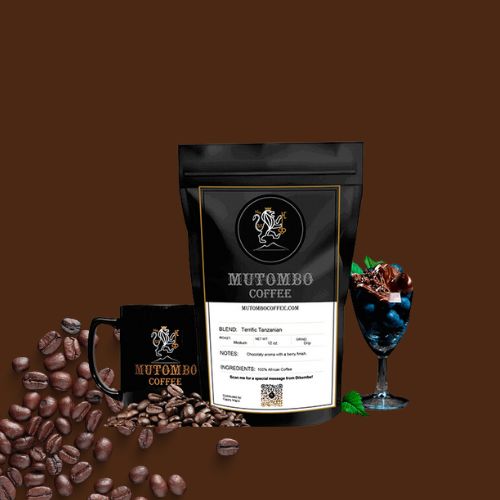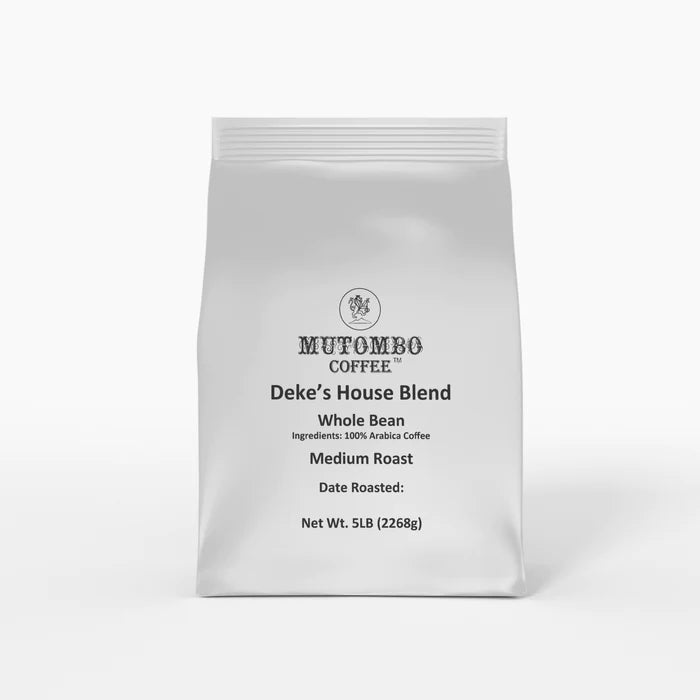Inside the vast, steamy greenhouses at the Royal Botanic Gardens at Kew in the leafy suburbs of west London, Aaron Davis leads the research into coffee.
“Arabica coffee, our preferred coffee, provides us with about 60% of the coffee that we drink globally. It’s a delicious coffee, it’s the one we love to drink. The other species is robusta coffee, which provides us with the other 40% of the coffee we drink – but that mainly goes into instant coffees and espresso mixes,” Davis explains.
The cultivation of arabica and robusta coffee beans accounts for millions of livelihoods across Africa, South America and Asia. “Arabica is a cool tropical plant; it doesn’t like high temperatures. Robusta is a plant that likes even moist conditions; it likes high rainfall. And under climate change, rainfall patters are being modified, and it’s also experiencing problems. In some cases, yields are dramatically reduced because of increased temperatures or reduced rainfall. But in some cases, as we’ve seen in Ethiopia, you might get a complete harvest failure and death of the trees.”
The solution could be growing deep in the forests of West Africa. There are around 130 species of coffee plant – but not all taste good. In Sierra Leone, scientists from Kew helped to identify one candidate, stenophylla, growing in the wild.
“This is extremely heat tolerant. And is an interesting species because it matches arabica in terms of its superb taste,” Davis says.
Read Full Article: https://www.frontiersin.org/articles/10.3389/fpls.2020.00616/full






